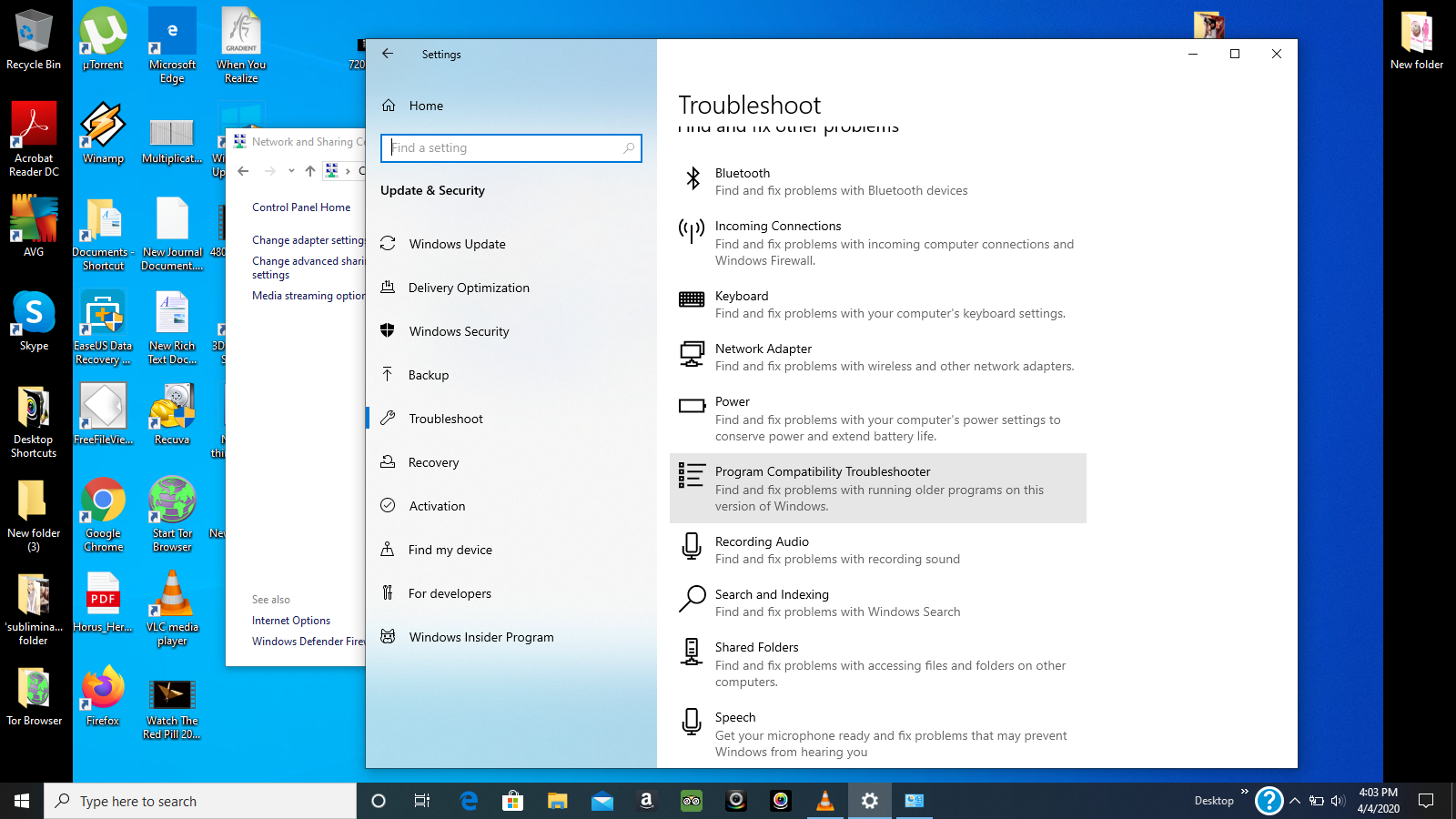
For Developers > How-Tos > Retrieving Crash Reports on iOSThere are multiple ways to retrieve crash reports from an iOS device. They are listed below from (roughly) easiest to hardest. Please use whichever method works best for you. Syncing with iTunesThis method involves syncing your device with iTunes. After syncing, crash reports will be copied to a specific location on your hard drive. This method is also documented at https://developer.apple.com/library/ios/#qa/qa1747/_index.html. - Sync your device with iTunes on your desktop.
- After syncing, look for crash logs in the correct directory. See below for a list of directories for each operating system.
- In this directory, look for files starting with 'Chrome_'.
(NOTE FOR MAC USERS: ~/Library is hidden by default on Mac OS X. To easily get this folder, open the Finder application, then hold the 'option' key while clicking on the 'Go' menu. You should see a menu item for 'Library.' Click on that, then continue navigating to Logs, CrashReporter, etc.
Operating System
| Location |
|---|
Mac OS X: | ~/Library/Logs/CrashReporter/MobileDevice/<DEVICE_NAME> | Windows XP | C:Documents and Settings<USERNAME>Application DataApple ComputerLogsCrashReporterMobileDevice<DEVICE_NAME> | Windows Vista or 7 | C:Users<USERNAME>AppDataRoamingApple ComputerLogsCrashReporterMobileDevice<DEVICE_NAME> |
Emailing from a device- Start by opening up the Settings app.
- Navigate to General -> About -> Diagnostics & Usage -> Diagnostic & Usage Data.
- Select a Chrome crash from the list. This will start with “Chrome_” and contain the timestamp of the crash.
- Tap on the crash and you will see a text field with a crash log. Long press to Select All and then Copy the crash text.
- Paste it into something you can get off of your device (for example, an email to yourself).
NOTE: This method will only work for iOS developers. If you are not a developer, you will not have Xcode installed on your machine. - Launch Xcode on your desktop machine.
- Open the Xcode Organizer window. (Window menu -> Organizer, or Cmd-Shift-2.)
- Find your device in the left sidebar, then select “device logs”.
- Choose a Chrome crash (or multiple crashes) and select “Export” at the bottom of the Organizer window. This will copy the crash reports to your hard drive.
|
|
Can I Delete Diagnostic Reports On Mac Library Cardi
Transfer Crash Reports and Device Logs To a Mac. If you have access to the device on which your app crashes, you can transfer diagnostic logs by connecting the device to your Mac. You can view these logs using the Devices and Simulators window in Xcode, described in About Devices and Simulators window. Alternatively, click Report a Bug to open a new Docker Desktop issue on GitHub. This opens Docker Desktop for Mac on GitHub in your web browser in a ‘New issue’ template. Complete the information required and ensure you add the diagnostic ID you copied earlier. Click submit new issue to create a new issue. Diagnosing from the terminal. Comes with professional shop software to print and manage vehicle diagnostic reports for customer use and keep track of all previous vehicle repairs. Comes with a full one year warranty. A dedicated all ASE bi-lingual toll free technical support line 7 Days a Week, 6am – 6pm, PST. You can delete this folder, but you should restart your Mac immediately after you do so, since some apps may think certain cache files are still present. The Containers folder contains many important files, but also some you may not need. When the process is done, Photos opens the library. If you repair a library that's used with iCloud Photos, iCloud checks the library after the repair process completes to ensure everything is synced correctly. If these steps still don't work, or you can't open the repair tool, contact Apple Support.
